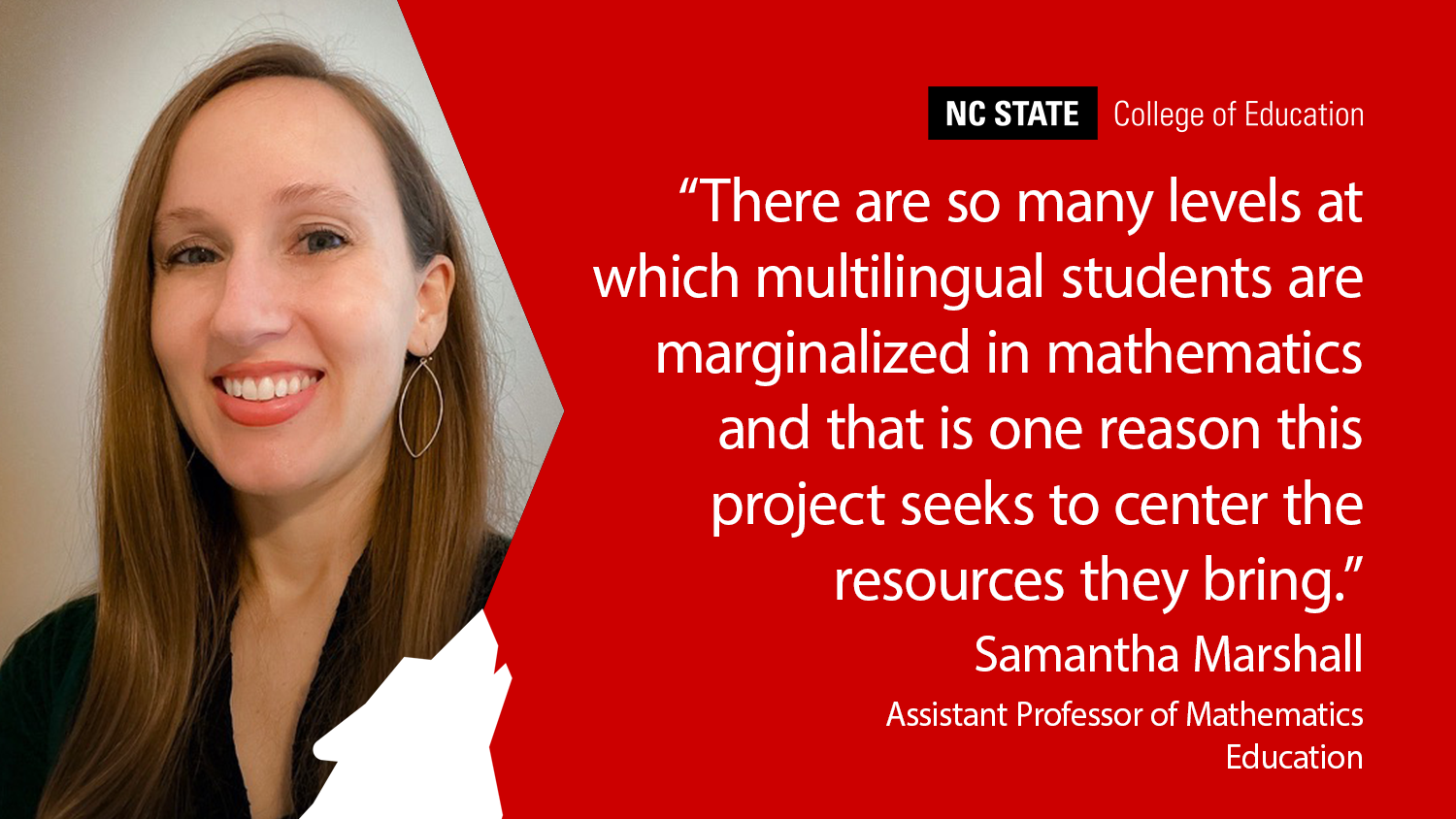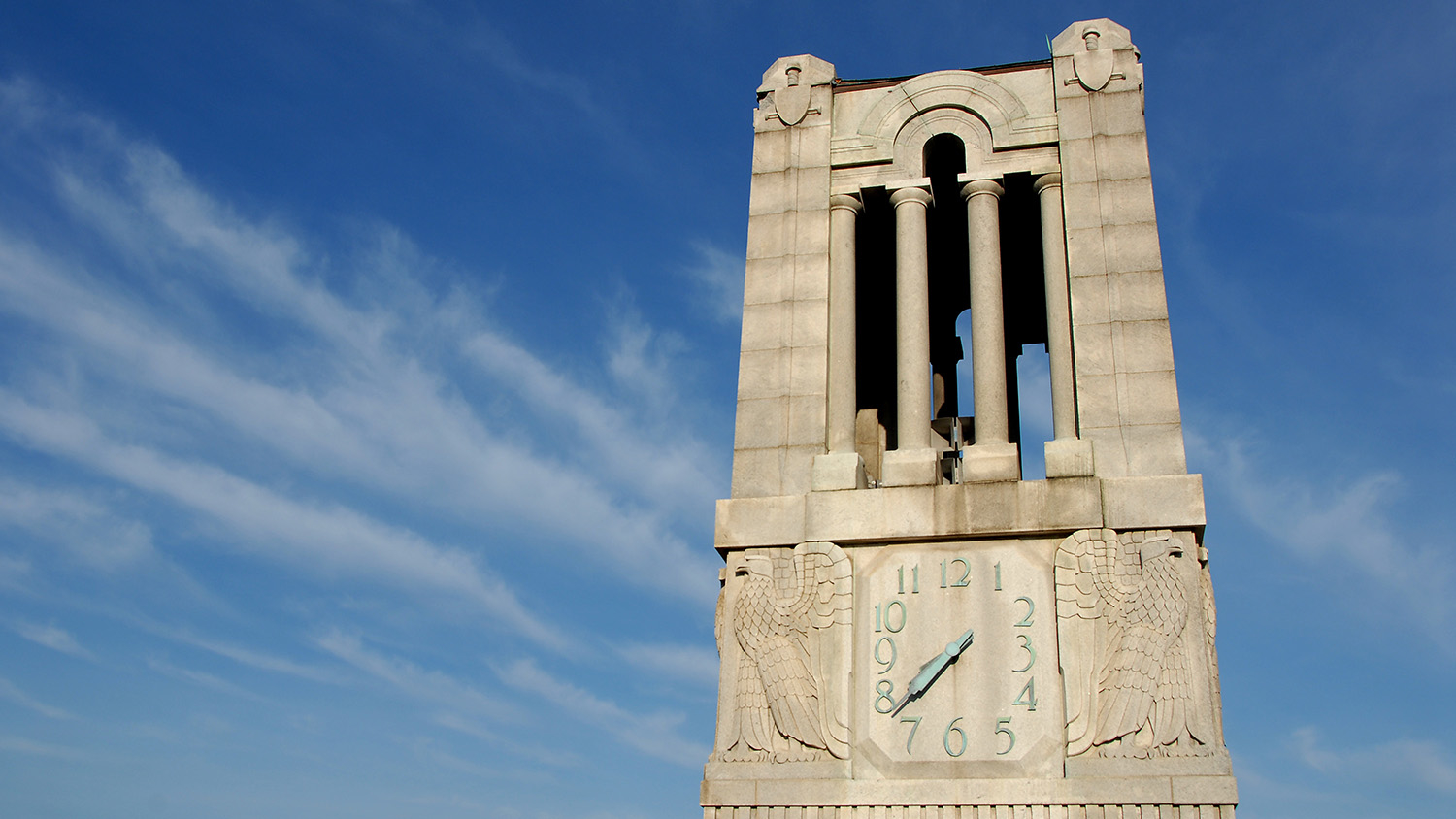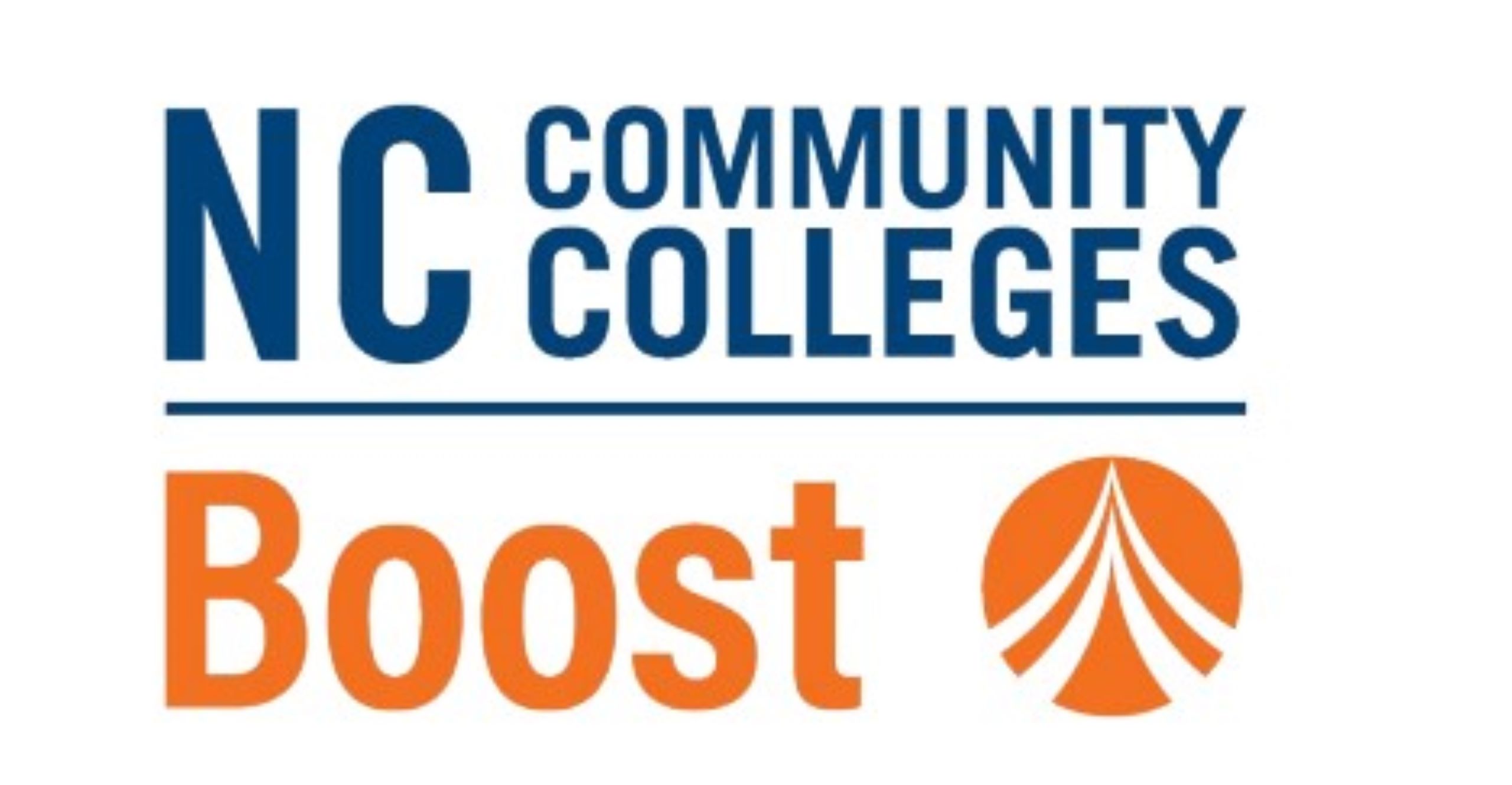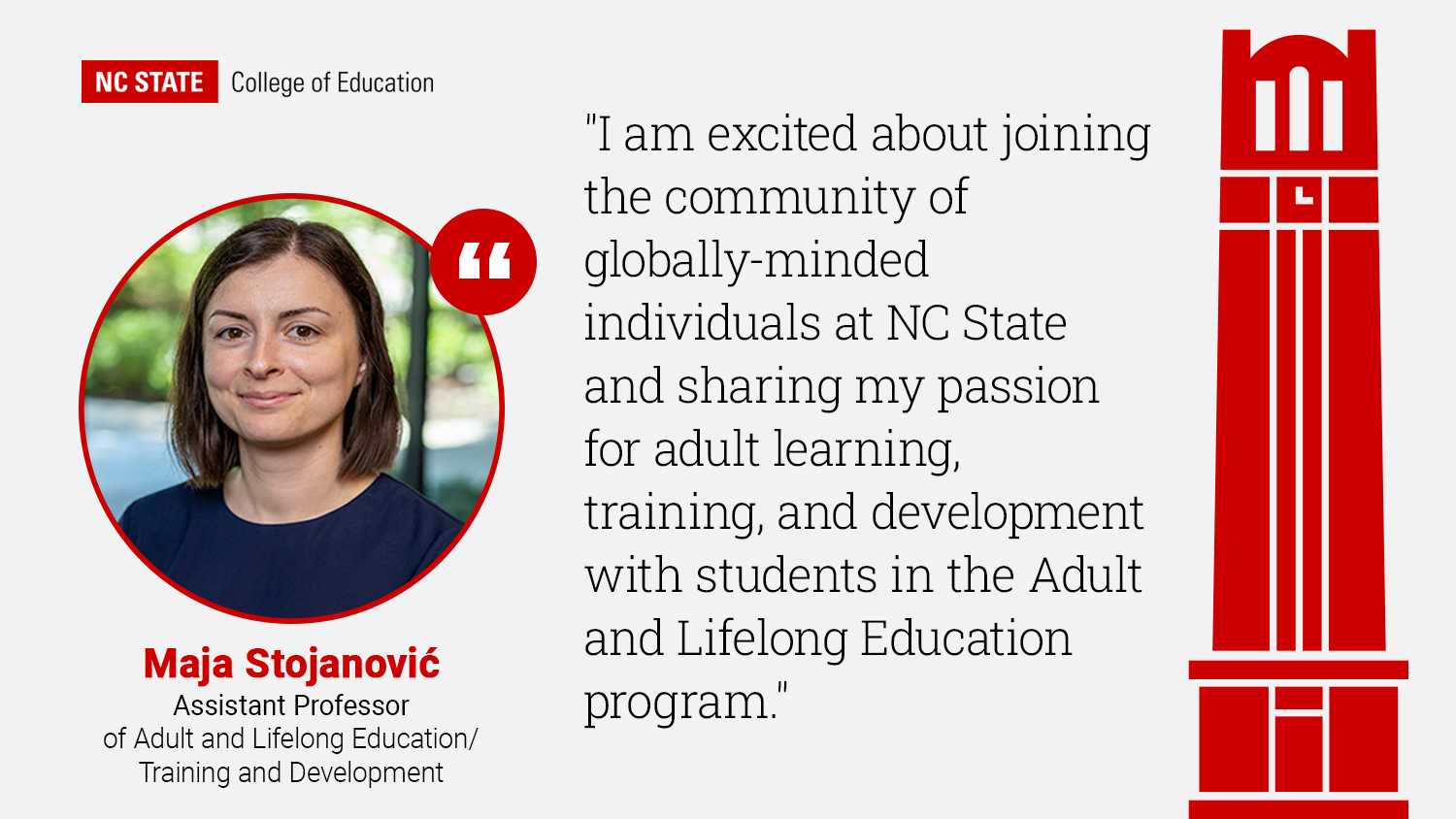Assistant Professor of Mathematics Education Samantha Marshall to Partner with Teachers to Improve Translanguaging Pedagogy through NSF CAREER Grant

In many mathematics classrooms, students are often seen as mathematically gifted if they can do things like perform quick computations, use specific mathematical terminology or complete math problems on their own. Assistant Professor of Mathematics Education Samantha Marshall says these criteria can often undervalue the skills multilingual learners bring to the mathematics classroom.
“For multilingual students, their multilingualism is often portrayed as a barrier to their learning when, in fact, it can be a significant resource for their sensemaking,” she said. “As one example, in many Latin American countries, the word used for one billion is “mil millones,” which translates literally to “a thousand millions.” In this example, a student’s language can provide conceptual resources for understanding mathematical ideas — especially this idea about the magnitude of one billion that many students struggle with.”
Marshall is now using a five-year, $926,102 National Science Foundation CAREER grant to partner with middle school teachers in order to co-design, analyze and improve teachers’ translanguaging pedagogies, or pedagogies that draw on students’ full linguistic repertoires as resources for learning.
The project, entitled “Supporting Teachers to Leverage Students’ Languages in Mathematics,” will utilize three studies to investigate how teachers make sense of and enact translanguaging pedagogies, how translanguaging pedagogies shape students’ mathematical experiences and learning opportunities, and how teachers’ learning of translanguaging spaces can be supported.
“In my prior work in the classroom, I have witnessed multilingual students being disciplined for not speaking loudly enough, speaking too loudly, not speaking with precisely the desired vocabulary or sentence structure, misunderstanding directions, speaking in their home language or asking for help,” Marshall said. “In all, there are so many levels at which multilingual students are marginalized in mathematics and that is one reason this project seeks to center the resources they bring, while also supporting teachers’ learning to leverage these resources.”
The first of the project’s three studies will see Marshall partner with teachers to co-design pedagogical resources, including lessons, mathematical tasks and pedagogical strategies to support translanguaging in middle school mathematics. These, Marshall said, will include strategies related to group work structures and whole-class discussion protocols.
In the second study, the project team will video record the co-designed translanguaging pedagogies as they are enacted in the classroom with a particular focus on the character of students’ learning opportunities and experiences.
In the third study, video clubs will be created to support teachers’ learning about translanguaging pedagogies, using the videos filmed during the second study as a key learning resource.
The video clubs, Marshall said, give educators an opportunity to analyze their practice with more time and space and the ability to pause, rewind and ask critical questions in a supportive teacher learning community.
“Classroom video holds great potential to support mathematics teachers’ learning to leverage students’ languages because it opens a window into students’ learning experiences,” Marshall said. “By looking closely at how students’ languages become resources for mathematical sensemaking, teachers can begin to see not only a broader array of possibilities for translanguaging as a vehicle for mathematical understanding, but they may also gain important insights about how their own design, enactment and facilitation of translanguaging pedagogies allows students to capitalize on their linguistic resources for mathematical learning.”
The ultimate goal of the project is to end with a bank of co-designed translanguaging resources for middle school mathematics teachers and a bank of videos showing translanguaging pedagogies in action to guide teachers, teacher educators and researchers. Additionally, the project team aims to develop evidence about the character of students’ mathematical learning in translanguaging spaces and an empirically-grounded theory of teachers’ learning of translanguaging pedagogies.
“I hope that both the practical and theoretical products inform the design of professional development and mathematics learning experiences for multilingual students, supporting nationwide efforts to improve mathematical access for students and redressing persistent opportunity gaps for STEM learning and access,” Marshall said. “Additionally, the project will directly contribute to the improved mathematical learning experiences of the 700 students taught by participating teachers each year. Ultimately, I hope that this project will help the field turn toward more asset-based forms of mathematics teaching and learning.”
- Categories:


